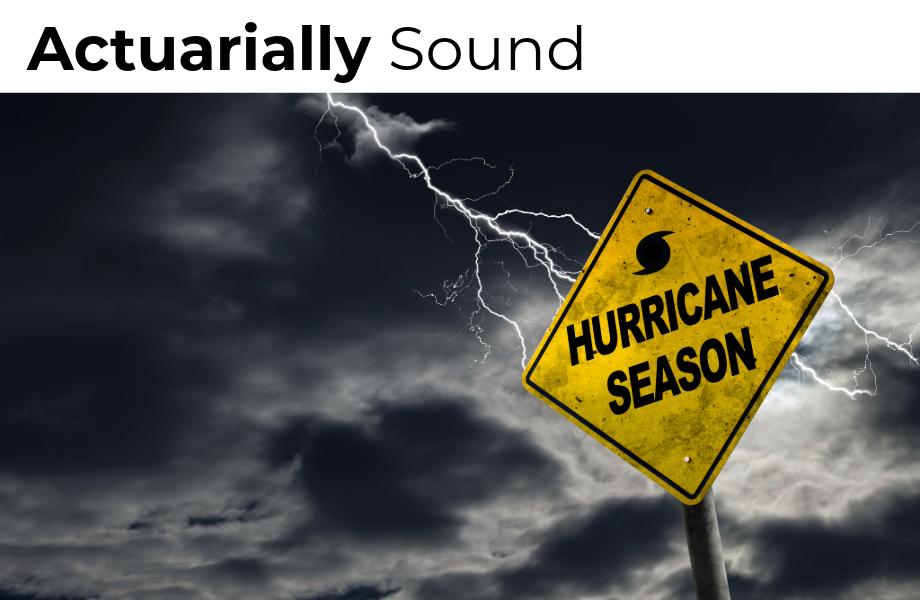
By Ted Gotsch
Policy Content and Publications Manager
(06/17/2025)
June is the start of hurricane season in the U.S., a time when the public steps up its preparations for these dangerous storms. But this year, changes coming out of the nation’s capital are making it even more critical to stay ahead of these potential disasters.
Cuts across the federal workforce have hit agencies integral to hurricane predictions and response hard. The National Oceanic and Atmospheric Administration (NOAA) has lost more than 1,000 staff members, while the Federal Emergency Management Agency (FEMA) is down by 2,000. And that may only be the beginning, as President Trump announced this month he will phase FEMA out completely after the 2025 hurricane season.
Other cuts are also being eyed by the Trump administration, and one of the proposals has elicited a response from the Academy. In a cross-practice letter sent by the leaders of the Casualty Practice Council, Risk Management and Financial Reporting Council, and Research Committee to NOAA Acting Administrator Laura Grimm this month, volunteers strongly urged the reversal of the planned retirement of NOAA’s Billion-Dollar Weather and Climate Disaster Database.
“The database is a resource utilized by insurers, reinsurers, actuaries, and state and local level decision makers in planning for and mitigating the damage and costs of future extreme weather events,” they wrote in the letter dated June 6. “The loss of this data will stifle research and progress on mitigation efforts, which are used to prevent or limit losses to property while keeping individuals and communities safe.”
Additionally, the letter noted the loss of data would make catastrophe modeling and effective insurance pricing more difficult and risk exacerbating the problem of insurance availability and affordability that is already being seen in some parts of the country.
The Academy is also worried that full access to and continuity of data collection is in jeopardy, despite the fact historical data will be preserved. “If collection methods are replicated, there are concerns that the data will only be available through paid subscriptions,” the letter said. “Further, while public data collection and aggregation methods are subject to review and the methodologies are public, this transparency may disappear behind paywalls.”
As the federal government decides next steps for this database, there are still many important aspects homeowners should weigh in advance of the first named storm of the season. My colleague Rob Fischer noted in a blog last year that flooding is a major concern that is often overlooked.
Storm surge, which occurs when the wind from a hurricane pulls the water to shore, causes major floods along the coasts and severely damages roads and property. But those inland also face flooding concerns. Depending on the size and speed of a hurricane, storms can flood populous areas simply from the hours of heavy rain, as those living in the Asheville, N.C., area learned all-too-well last year.
You can learn more about flooding concerns from the Academy’s Flood Monograph, which lays out the history and public policy and insurance considerations of the National Flood Insurance Program. It contains hurricane data through 2019.
Concerned more broadly about preparing for a hurricane? The Federal Alliance for Safe Homes’ webpage will tell you how to mitigate property damage based on your location. Additionally, check to make sure your homeowner’s insurance covers the types of damage common from a hurricane. If you are in an area with higher flood risk, you should consider buying flood insurance, as flooding is not covered by standard homeowner’s insurance policies.
Advanced planning can help people in the path of a hurricane stay safe and guard against potential property damage. But there are also public policy concerns raised by the Academy and others that must be mulled to maximize storm preparedness long-term.